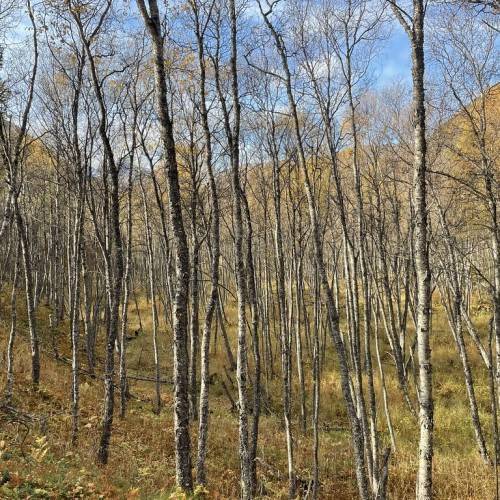
Downy Birch
Betula pubescens
Watering:
Minimal
Hardiness Zone:
Sun:
full sun,part shade
Leaf:
Yes
Growth Rate:
Low
Drought Tolerant:
Yes
Salt Tolerant:
Yes
Care Level:
Moderate
watering
The Resinous Arctic Dwarf Birch should be watered as needed, but generally sparingly. During the growing season, the plant should be watered deeply but infrequently, allowing the top couple inches of soil to dry out completely before watering again. In the winter, only water the plant when the soil is completely dry. In cold or windy climates, it may be best to reduce the amount of water further or not to water at all.
sunlight
Resinous Arctic Dwarf Birch (Betula nana subsp. exilis) is a plant species that prefers full sun, meaning at least 5 hours of direct sunlight per day (ideally 6-7 hours). This species grows best in the spring and summer seasons, when the sun is at its strongest and the temperatures are relatively mild. However, it can survive in temperatures as low as -40 °F (-40 °C). In the fall and winter months, it may need a little bit of protection from cold weather, but otherwise the Arctic Dwarf Birch can survive even in dappled sunlight.
pruning
Resinous Arctic Dwarf Birch (Betula nana subsp. exilis) should be pruned in late winter or early spring before new growth begins. This species does not require much pruning, as it naturally grows into an attractive rounded shape. Pruning should focus on removing old, dead, or damaged branches and lightly shaping the shrub. To prevent a dense center, thin out some of the older central stems and canes. You may also cut the sides and top of the plant slightly to maintain a desired shape. Pruning should only be done when necessary, and should not be performed without the help of a knowledgeable gardening specialist.
